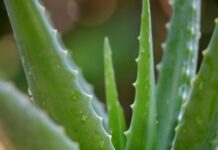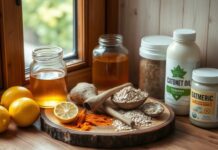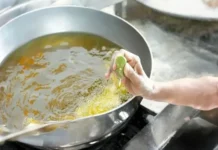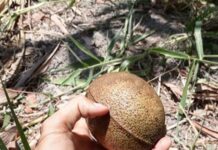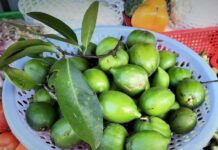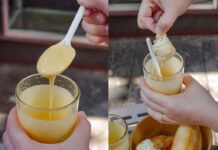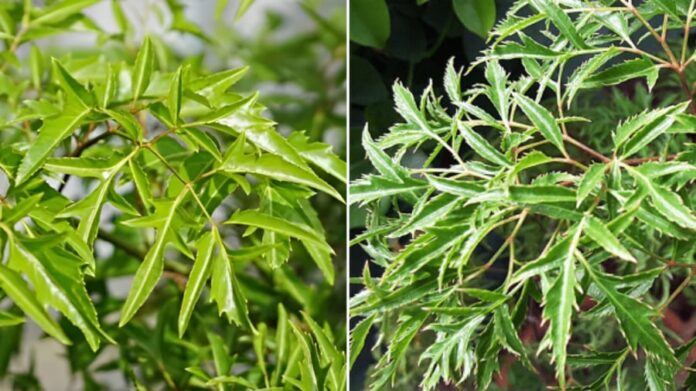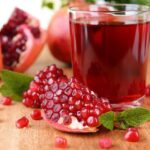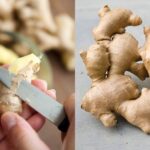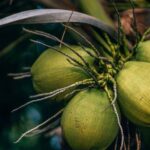Benefits of Polyscias fruticosa for Health
Polyscias fruticosa, commonly known as the “ding lang” or “shiny leaf plant,” is a familiar plant to many Vietnamese. Its scientific name is Polyscias fruticosa (L.) Harms, and in Vietnam, the leaves are often eaten raw, used in salads, or cooked as soup.
According to traditional Eastern medicine, this plant is a valuable herb with medicinal properties. A blog post on the website Suc Khoe & Doi Song (Health & Life) by BSNT. Dang Hanh from the Faculty of Traditional Medicine at Hanoi Medical University, highlights the presence of beneficial compounds in ding lang, including flavonoids, saponins, polyphenols, alkaloids, glycosides, tannins, amino acids, and vitamins C, B1, B2, and B6. These compounds are essential for metabolic processes and have antioxidant properties in various tissues.
The plant offers a range of health benefits, such as combating fatigue, providing nutrition, boosting immunity, stimulating appetite, improving sleep quality, and enhancing male reproductive health. Recent scientific studies also indicate that Polyscias fruticosa can help with stress relief, exhibit antioxidant properties, improve memory, combat depression, protect the liver, lower blood sugar, and reduce blood lipid levels.
Additionally, the leaves are used to support the treatment of neurodegenerative diseases like Alzheimer’s and Parkinson’s. Using these leaves can improve issues such as neurasthenia, nervous tension, memory impairment, insomnia, loss of balance, and tremors.
Vitamin B complex, especially vitamin B1, found in Polyscias fruticosa leaves, is known for its positive effects on memory retention and nervous system health.
In traditional Eastern medicine, the leaves have a nutty, bitter, aromatic, and slightly cooling taste. This herb is often used in medicinal formulas for its detoxifying, diuretic, and anti-pruritic properties.
Furthermore, the leaves have hemostatic properties and have been traditionally used to stop bleeding from external wounds. The leaves would be cleaned, crushed, and applied directly to the wound to quickly stop bleeding and promote healing.

Preparing Polyscias fruticosa Tea
Both dry and fresh Polyscias fruticosa leaves can be used to make a healthy tea infusion.
For dry leaves, take about 50 grams, and for fresh leaves, use 150-200 grams. Clean the leaves and let them air dry.
Place the leaves in a pot, add a small amount of boiling water, cover, and gently shake the pot. Discard this water, as it is used for rinsing the leaves.
Next, add about 1 liter of boiling water to the pot, cover, and let it steep for 5-7 minutes. Pour the tea into cups and consume like any other herbal tea.
What Ailments Can Polyscias fruticosa Tea Treat?
- Boosting Energy and Combating Fatigue
Take 150-200 grams of fresh Polyscias fruticosa leaves, clean them, and place them in a pot. Add 200ml of water and bring it to a boil for 5-7 minutes. Strain the infusion, add another 200ml of water to the leaves, and boil again. Combine the two infusions and consume twice daily.
- Treating Skin Rashes, Allergies, and Urticaria
Use 80 grams of dry Polyscias fruticosa leaves and boil them in 500ml of water until the volume reduces to approximately 250ml. Consume this infusion twice daily.
- Relieving Back Pain Due to Weather Changes
Take 30 grams of Polyscias fruticosa branches and leaves, 15 grams of Mimosa pudica roots, 15 grams of Eupatorium fortunei, and 15 grams of Glycyrrhiza uralensis. Boil these ingredients in 800ml of water until the volume reduces to about 300ml. Consume this infusion three times a day for five days.

- Improving Digestive Health
The tea made from Polyscias fruticosa leaves can alleviate digestive issues like indigestion, bloating, and diarrhea. Prepare an infusion by boiling the leaves and consume it for a few days to experience improvement in digestive symptoms.
- Relieving Headaches and Insomnia
The leaves contain saponins and other important compounds that mildly activate and synchronize brain function, enhancing the nervous system. Polyscias fruticosa also boosts immunity, has a sedative effect, relieves headaches, reduces stress, and improves sleep quality.
- Improving Postpartum Lactation
Polyscias fruticosa tea can help address issues related to breastfeeding, such as low milk supply and blocked milk ducts. Prepare the tea by roasting the leaves, then store them in an airtight container. When needed, take a small amount of the roasted leaves and boil them with water. It is recommended to consume the tea warm and within the same day of preparation.
- Treating Cough
Polyscias fruticosa tea is effective in relieving coughs. Clean the leaves, chop them finely, and sun-dry them before roasting. Store the roasted leaves in an airtight container in a cool, dry place. For consumption, take 10-12 grams of the leaves, boil them with water, and drink the infusion.
Precautions When Using Polyscias fruticosa
While Polyscias fruticosa tea offers numerous health benefits, it should not be overconsumed or used as a replacement for regular drinking water, as it may lead to unwanted side effects.
The leaves contain high levels of saponins, and excessive consumption can result in fatigue, nausea, dizziness, and digestive issues, especially for individuals with irritable bowel syndrome. Fresh Polyscias fruticosa leaves have significantly higher saponin content, and consuming large quantities can cause digestive disturbances and diarrhea.
When the leaves are dried, the saponin content decreases considerably.
This information answers the question, “What ailments can Polyscias fruticosa tea treat?” If you intend to use Polyscias fruticosa to improve your health, ensure you consume it in moderation and consult a doctor if you are currently undergoing medical treatment.
The Ultimate Superfood Hiding in Plain Sight: This Affordable Delicacy Outshines Even Bird’s Nest, Yet Many Overlook It
This particular fish is a nutritional powerhouse, especially beneficial for those recovering from illness. It is packed with essential nutrients that provide a boost to the immune system and aid in the healing process. With its delicate flavor and versatile preparation options, this fish is a delicious and healthy addition to any meal.
The Power of Pomegranate Juice: Unveiling Surprising Benefits and Why You Should Not Miss Out!
The health benefits of drinking pomegranate juice are extensive and well-documented. This ancient fruit has been revered for its medicinal properties and is now recognized as a powerful health booster. With its unique blend of antioxidants, vitamins, and minerals, pomegranate juice offers a wealth of advantages for those seeking a natural approach to wellness. Discover the many ways this super juice can enhance your health and well-being.

